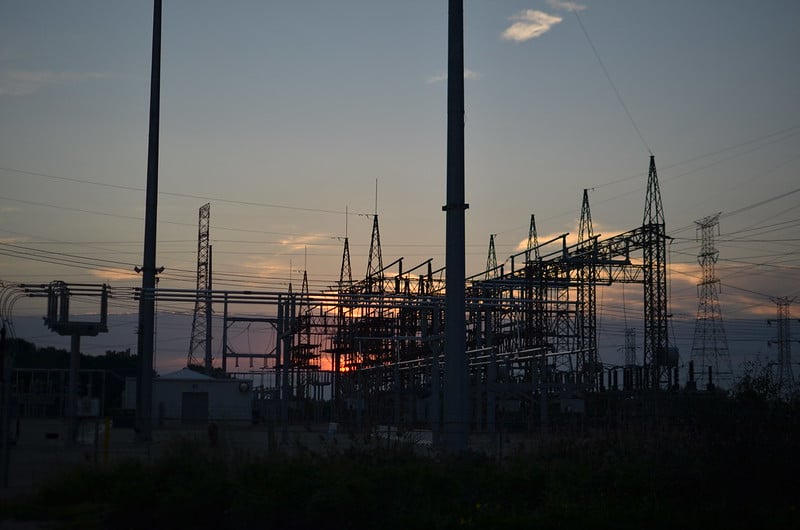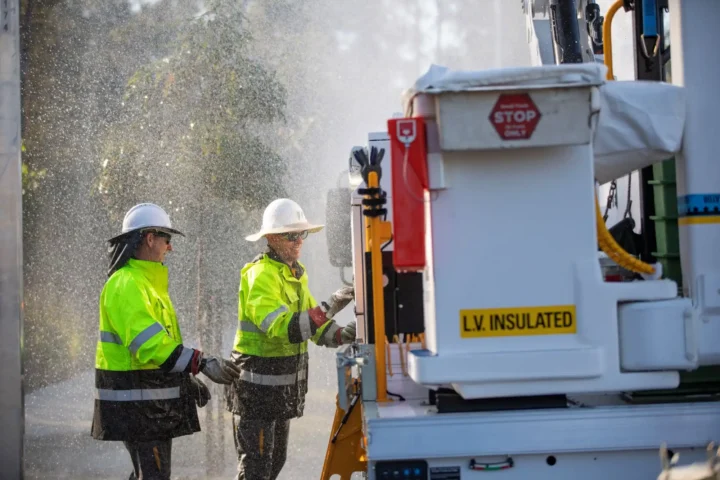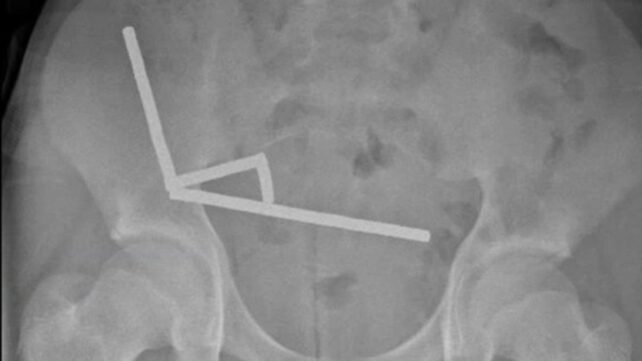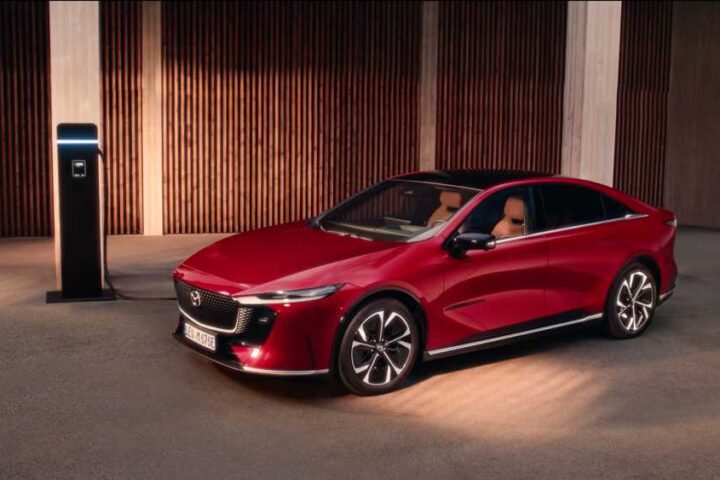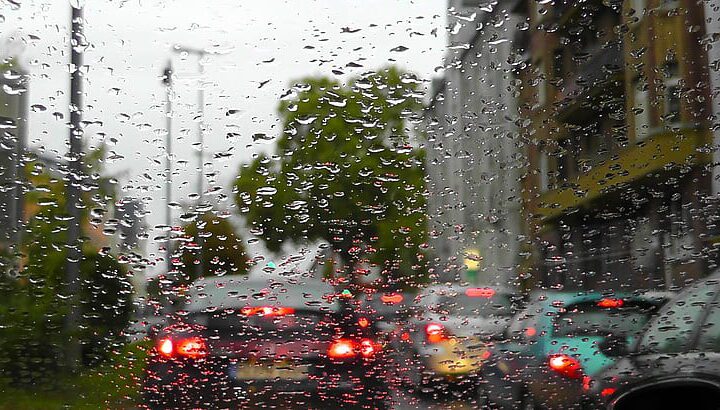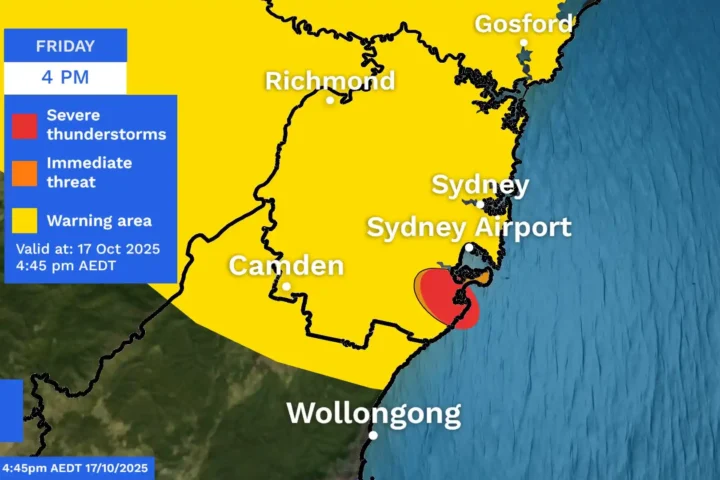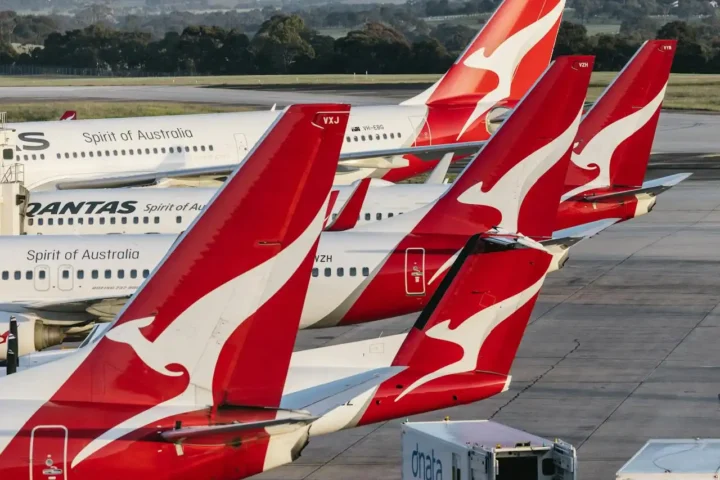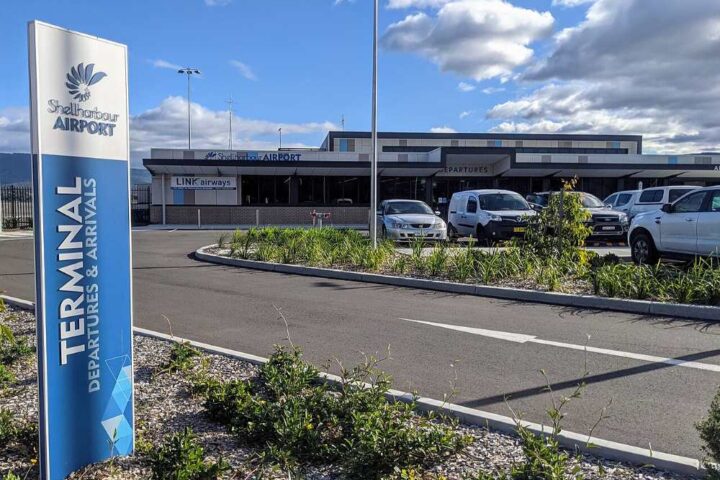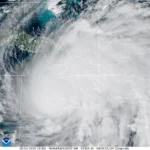Millions of Australian households will see their electricity bills rise from July 1, with major retailers AGL and Origin confirming significant price increases across multiple states.
AGL customers in New South Wales will be hardest hit, with prices jumping 13.5% – adding up to $300 annually for medium-usage households, with an average increase of $267. South Australian customers face a 7.8% rise (about $200 per year), while Queensland customers will see bills climb 7.5% (around $155 annually). Victorian households will experience a 6.8% increase, adding about $110 to yearly bills.
Origin Energy has also locked in price hikes, with NSW customers facing an average 9.1% increase, South Australian customers 5.5%, and Queenslanders between 3% and 4%. While Origin hasn’t finalized electricity charges for Victoria yet, gas bills for Victorian households will rise by approximately $85 per year.
“This will be a suckerpunch for a lot of customers,” said Canstar spokesperson Sally Tindall.
The increases follow decisions by energy regulators to raise default prices, which serve as benchmarks for the industry. Only about 10% of customers are on these default offers, but they influence pricing across market contracts.
Similar Posts
Energy companies point to several factors behind the price hikes, including increased network charges, higher customer service costs, and rising wholesale electricity expenses. These increases follow two years of previous price hikes, with some annual bills already up by $360 since June 2023.
For struggling households, some relief is available. The federal government has extended its energy bill relief program until the end of 2025, with eligible customers receiving a $75 quarterly payment directly off their electricity bills starting July 1. Victorian concession card holders can access an additional $100 in assistance.
State governments are taking different approaches to energy affordability. The ACT has permanently increased its energy bill rebate to $800 annually for eligible low-income households. Western Australia is considering the future of its $400 annual power credits in the upcoming state budget, with Energy Minister Amber-Jade Sanderson suggesting a shift toward “more targeted measures.”
“Cost of living measures should be targeted to support people who are doing it tough,” Sanderson said.
Experts strongly advise consumers to shop around for better deals. “The cold hard truth is that electricity price hikes are pretty much inevitable in states such as NSW, Queensland and South Australia,” said Canstar’s Tindall.
She noted that significant savings are possible: “In Sydney, single rate plans are, on average, 7% lower than the reference price, however, there are plans available that are up to 23% lower than the regulator’s benchmark. In Brisbane, the gap is even wider, with the average discount listed at 6%, while the highest is 27%.”
Consumers can compare electricity plans through the Australian Energy Regulator’s Energy Made Easy website, while Victorians should use Victorian Energy Compare.
